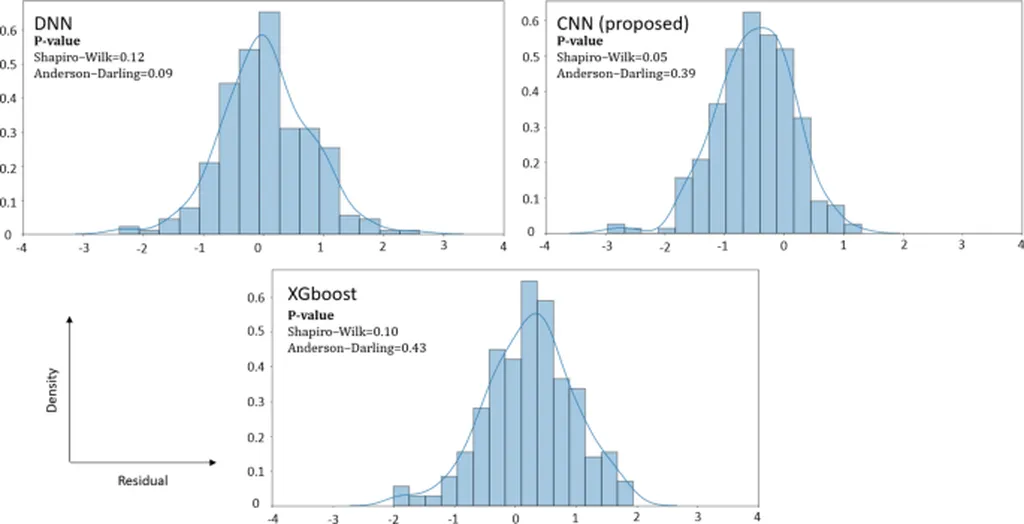In the heart of China’s Guanzhong region, a groundbreaking study led by Xuegui Zhang from the Key Laboratory of Agricultural Soil and Water Engineering in Arid and Semiarid Areas at Northwest A&F University is revolutionizing how we understand and predict winter wheat’s carbon uptake capacity. The research, published in the journal *Agronomy* (translated as “Agronomy”), is not just about plants; it’s about harnessing the power of machine learning and solar-induced chlorophyll fluorescence (SIF) to enhance our understanding of agricultural ecosystems and their role in the global carbon cycle.
Gross primary productivity (GPP) is a critical metric for assessing how well agricultural ecosystems capture carbon and convert it into plant biomass. Traditional models, while useful, often fall short under varying climatic conditions and crop types. Zhang and his team set out to change this by leveraging advanced machine learning techniques and incorporating SIF, a novel physiological indicator that captures the dynamic nature of photosynthesis.
The study utilized continuous field observation data from the 2020–2022 growing seasons to develop and compare five machine learning models: Ridge Regression, Random Forest, Support Vector Regression, Gradient Boosting Regression, and a stacking-based ensemble learning model (LSM). The results were striking. “The ensemble learning model outperformed individual models, demonstrating strong stability and generalization ability,” Zhang explained. Without SIF, LSM achieved an average R² of 0.87, significantly higher than the individual models. But when SIF was included, the accuracy improved markedly, with LSM’s average R² rising to 0.91. “This highlights the critical role of SIF in capturing photosynthetic dynamics,” Zhang added.
The implications for the energy sector are profound. Accurate GPP estimation is not just about understanding plant growth; it’s about optimizing agricultural practices to enhance carbon sequestration, a crucial component in the fight against climate change. By improving the precision of GPP estimates, farmers and agronomists can make more informed decisions about crop management, potentially increasing yields and reducing the carbon footprint of agricultural practices.
Moreover, the integration of multi-source observations and ensemble learning methods offers a robust framework for high-precision GPP estimation. This approach could be a game-changer for the energy sector, where understanding and managing carbon fluxes are paramount. As Zhang’s research demonstrates, combining advanced machine learning techniques with physiological indicators like SIF can provide a reliable technical pathway for agricultural ecosystem carbon flux estimation.
The study also underscores the importance of adapting to climate change. By enhancing our ability to predict and manage carbon uptake in agricultural ecosystems, we can better prepare for the challenges posed by a changing climate. This research not only advances our scientific understanding but also offers practical solutions for sustainable agriculture and climate change adaptation.
In the broader context, Zhang’s work highlights the potential of integrating cutting-edge technology with traditional agricultural practices. As we move towards a more sustainable future, such innovations will be crucial in shaping the strategies and technologies that will drive the energy sector forward. The research published in *Agronomy* is a testament to the power of interdisciplinary collaboration and the potential of machine learning to transform our approach to agriculture and carbon management.

